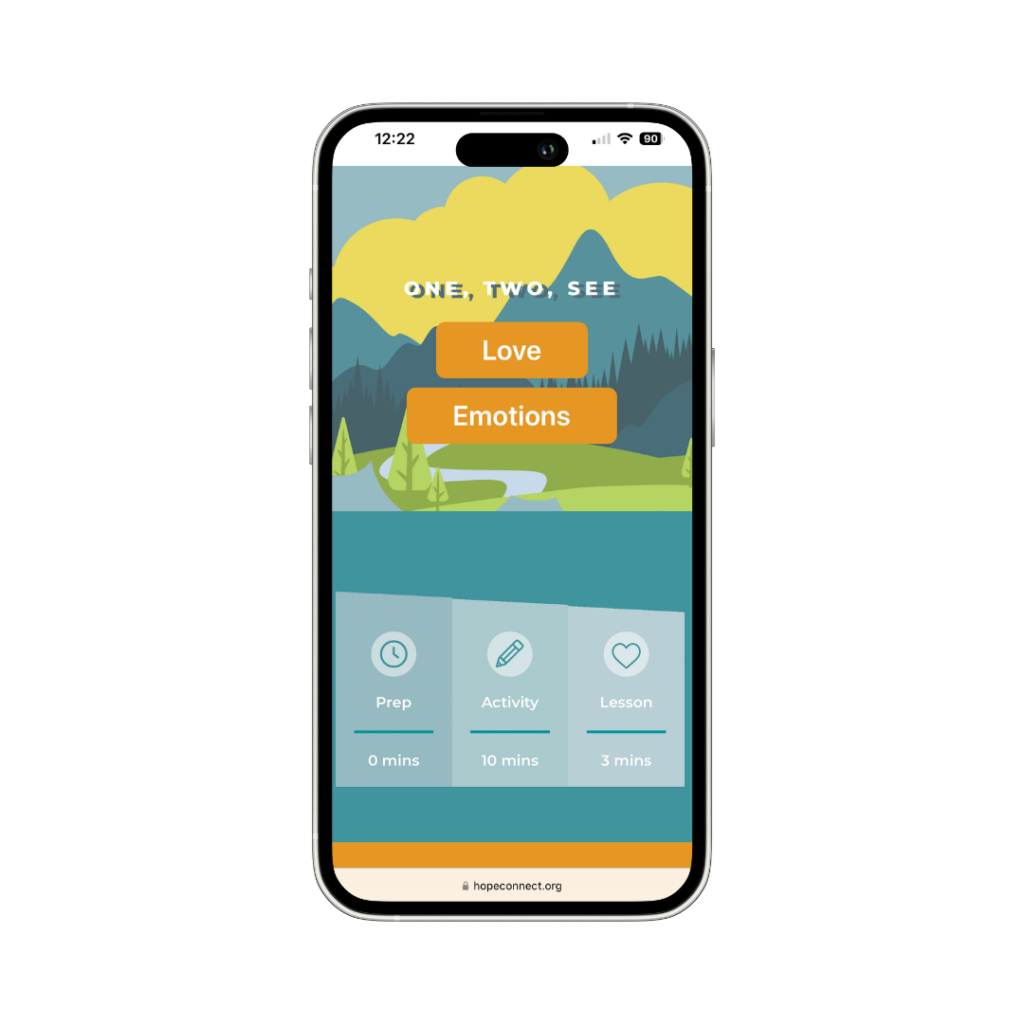Back to school can be stressful for any parent, but when your child has unique learning needs, those worries can multiply.
Ensuring your child receives the support and education they deserve can feel overwhelming—especially if you’re navigating the world of learning disabilities for the first time.
If you suspect your child would benefit from having an Individualized Education Program (IEP), you’re not alone, and you’re in the right place. Here is an overview on what an IEP is, how the process works, and explore other academic accommodations that could help your child thrive at school.
This is the fifth article in our Back to School Collection, a six-part series designed to equip you with the skills and strategies you need to start this fall semester off on the right foot. See our previous articles here:
- Back to School Collection: How Does Your Child Learn Best?
IEP Overview
An Individualized Education Program (IEP) is a written plan developed for students who qualify for special education services. According to the U.S. Department of Education, IEPs serve as the mechanism to ensure that students with disabilities are provided with a free appropriate public education (FAPE). This commitment to equitable access is grounded in the Individuals with Disabilities Education Act (IDEA).
The IEP is designed to address a child’s unique learning needs and to support their success in school. If your child has a learning disability, they may be eligible to receive academic accommodation through an IEP.
As required by IDEA, the following major sections of the IEP ensure the plan is comprehensive and tailored to your child’s unique needs:
1. Present Levels of Academic Achievement & Functional Performance
Describes your child’s current abilities and how the disability affects their participation in the general curriculum.
2. Measurable Annual Goals
Outlines academic and functional goals your child should achieve within the school year.
3. Progress Measurement
Explains how progress toward goals will be measured and how you will be informed.
4. Special Education and Related Services
Details specific services, supports, and supplementary aids your child will receive.
5. Program Modifications or Supports for School Personnel
Lists any changes or supports needed for teacher, guidance counselor, and other staff to help your child enjoy success.
6. Extent of Participation with Nondisabled Peers
Explains if and why your child will not participate with nondisabled students in regular classes or activities.
7. Accommodations for Assessments
States any testing accommodations or modifications.
8. Service Details
Specifies timelines for services, how often, where, and for how long they will be provided.
9. Transition Services (for children age 14+)
Includes plans and services to help your child prepare for life after high school
Who’s Involved in Creating an IEP
As a parent, your involvement is crucial. You are an essential member of the IEP team and can provide valuable input regarding your child’s strengths, challenges, and needs. Your participation helps ensure that the IEP is tailored to support your child’s success.
While each state may have some versions of this list, the following individuals typically participate in developing a child’s IEP:
- The child’s parents, caregivers, or guardians
- General education teacher
- Special education teacher
- The child (when appropriate)
- A professional who can interpret evaluation results (such as a therapist or psychologist)
- A representative of the school system (who can authorize special education services)
Academic Accommodations in IEPs
The contents of an IEP vary according to a child’s specific needs. If your child is found eligible for an IEP, institutions like your state’s Department of Education outline specific types of services your child can receive.
For example, students with disabilities in Florida can receive accommodations relating to:
- Presentation of academic information (how teachers deliver instruction)
- Response options (how students demonstrate their understanding or complete assessments)
- Academic environment (modifications to the classroom or learning setting)
- Scheduling (adjustments to homework, tests, and other assignments)
Customizing IEPs with Trust-Based Relational Intervention (TBRI)
Incorporating the three aspects of Trust-Based Relational Intervention (TBRI)— Connecting, Empowering, and Correcting Principles—can be achieved by collaborating with school guidance counselors and teachers.
Share insights about your child’s unique needs and discuss how TBRI strategies can be integrated into the IEP to enhance your child’s learning experience and overall well-being. Here are some ideas to help you consider ways to incorporate the three aspects of TBRI into your child’s IEP.
Connecting Prioritizes building relational trust and emotional safety through co-regulation.
- Designate a safe adult who is a mentor (i.e. counselor or teacher) for daily check-ins or as a safe haven during dysregulation.
- Offer non-shaming communication through private feedback on performance. Avoid public callouts unless your child volunteers.
- Provide trauma-informed discipline. Replace punitive measures or seclusion with time-ins alongside a safe and trusted adult.
- Highlight the importance of gentle eye contact and voice quality when giving the child feedback or redirecting behavior.
- Inspire collaborative problem-solving. Involve your child in choices (i.e. seating, activity options) to reinforce autonomy.
Empowering Focuses on creating a predictable environment that supports the child’s physical and regulation needs. regulated environment to reduce triggers and build security.
- Offer access to sensory regulation tools like weighted lap blankets or noise-canceling headphones to manage sensory overload that meet the child’s specific sensory needs.
- Create opportunities for regular nutrition and hydration breaks throughout the day. These should include protein-rich snacks and unrestricted water access to help stabilize blood sugar and promote healthy brain functioning.
- Design a controlled environment by reducing visual/auditory distractions, preferential seating near exits for breaks, and alternative lunch or recess spaces to avoid overcrowding.
- Create predictability with advance notice of schedule changes (i.e. fire drills, field trips, or moving to different classroom stations).
Correcting Use proactive teaching of coping strategies to help replace maladaptive behaviors with adaptive skills.
- Proactive breaks offer scheduled sensory/movement time before escalation with cool off cards signaling distress
- Offer explicit teaching of calming techniques like deep breathing and social scripts for conflict, when the child is calm and alert.
- Modify tasks by chunking assignments into smaller steps, offering extended deadlines or reduced written work to prevent your child from feeling overwhelmed.
- Create a dysregulations response plan that offers redirection strategies such as puzzles or coloring. Consider exemption from retraumatizing activities such as active-shooter drills.
Advocacy Tips for Parents
Integrating TBRI transforms an IEP from procedural document into living plans that address the needs behind your child’s behaviors and root causes of trauma-related barriers.
As you advocate for your child, make sure to:
- Document the impact of your child’s trauma. Ensure the IEP “Present Levels” section details how trauma affects your child’s ability to learn (i.e. focus, social skills).
- Request Expertise. Include therapists or trauma specialists in IEP meetings to help you interpret needs.
- Prioritize TBRI Language. Frame the goals around teaching skills rather than compliance (i.e. using breaks to self-regulate).
Most importantly, collaborate and communicate. Be an active participant in meetings, maintain open communication with teacher, guidance counselor, and staff and regularly review the plan to ensure accommodations are working or need to be tweaked.
KEY TAKEAWAY
Obtaining an IEP for your child can be a long process — but making this time investment into your child’s future can be vital for their success. Ask God to fill you with patience, wisdom and guidance as you navigate this road and advocate for your child.
“Rejoice in our confident hope. Be patient in trouble, and keep on praying.” ~Romans 12:12 (NLT)
APPLICATION
Navigating the IEP process can be stressful for you and your child. During this time, remind your child how much they are loved by playing “Love Beyond Measure” the next time you’re preparing their school lunch. That way, they can remember to take your love — and Jesus’ — with them throughout the school day.
Find this game and more now in the Everyday Moments™ activities collection!






